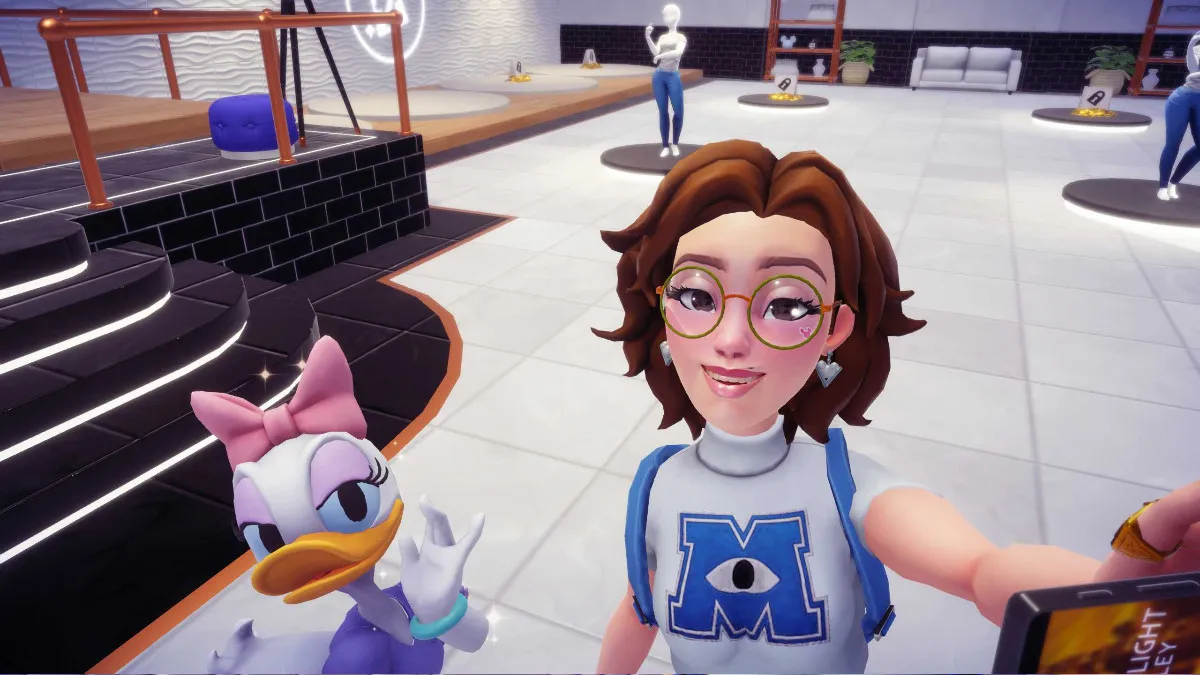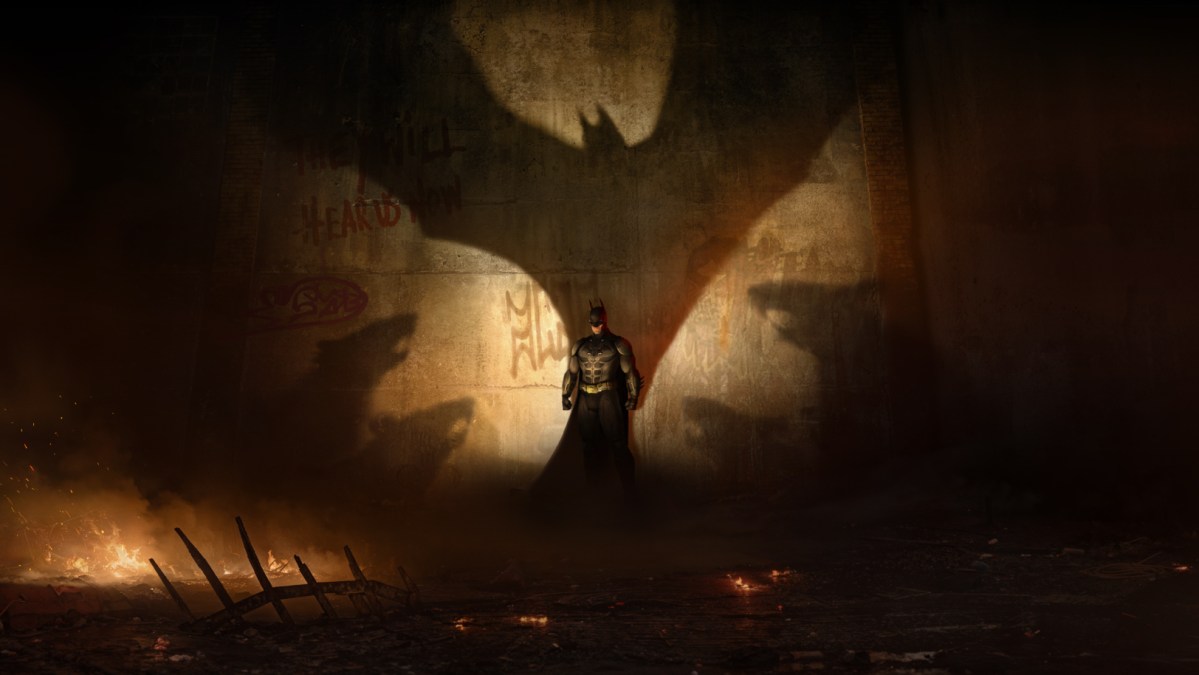NASA’s proposed Space Launch System, designed to take astronauts back into space, has passed its Critical Design Review, meaning components for the project can start to be built.
NASA’s push to get us back into space exploration passed a important test late this week when the Space Launch System passed a critical design review, paving the way for construction of the vehicle. It will be NASA’s first human-rated expendable rocket since the Saturn V took Apollo capsules skyward between 1966 and 1973.
“We’ve nailed down the design of SLS, we’ve successfully completed the first round of testing of the rocket’s engines and boosters, and all the major components for the first flight are now in production,” said Bill Hill, deputy associate administrator of NASA’s Exploration Systems Development Division. “There have been challenges, and there will be more ahead, but this review gives us confidence that we are on the right track for the first flight of SLS and using it to extend permanent human presence into deep space.”
Three variations of the Block 1 configuration were approved:
- The basic Block 1 will have minimum 70-metric-ton (77-ton) lift capability and be powered by twin boosters and four RS-25 engines.
- Block 1B will have a more powerful upper stage designed to lift 105 metric tons (115 tons).
- Block 2 will add a pair of advanced solid or liquid propellant boosters to provide a 130-metric-ton (143-ton) lift capacity.
While the Saturn V at its peak could lift 120 tons, the SLS system is expected to cost much less, even in 2015 dollars. The Saturn V roughly cost $3.6 billion per launch for 13 launches over 10 years (or $1.2 billion after dev costs were removed). The SLS, on the other hand, is claimed to cost as low as $500 million per launch, although many expect that number to be too low.
This was the final step in the concept and design phase. Design certification will happen in 2017 once manufacturing and testing is complete. The SLS will be taking the Orion spacecraft skyward in 2018, the first exploration mission being an unmanned trip for a planned seven days, and the second (set for 2023) finally taking man back into space.
“This is a major step in the design and readiness of SLS,” said John Honeycutt, SLS program manager. “Our team has worked extremely hard, and we are moving forward with building this rocket. We are qualifying hardware, building structural test articles, and making real progress.”
Check out the artist’s renderings of the SLS in the gallery below. The booster test photo, however, is actual testing of a RS-25 engine.
Source: NASA



